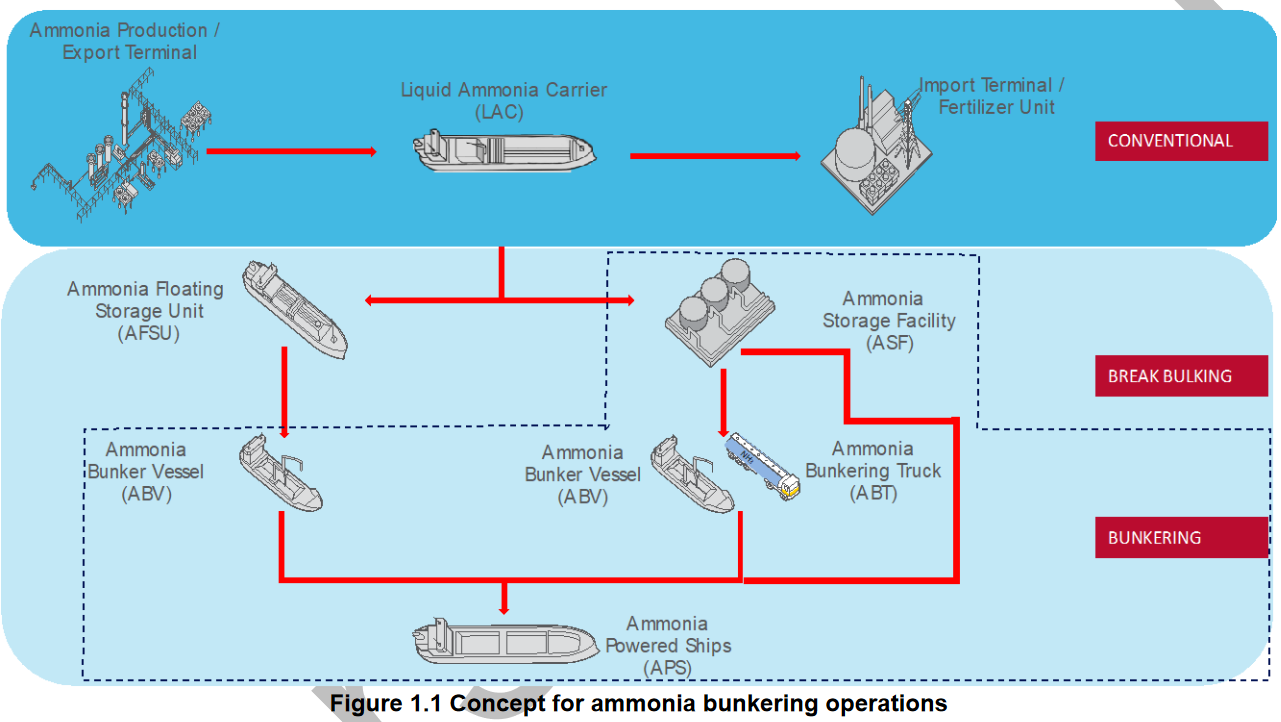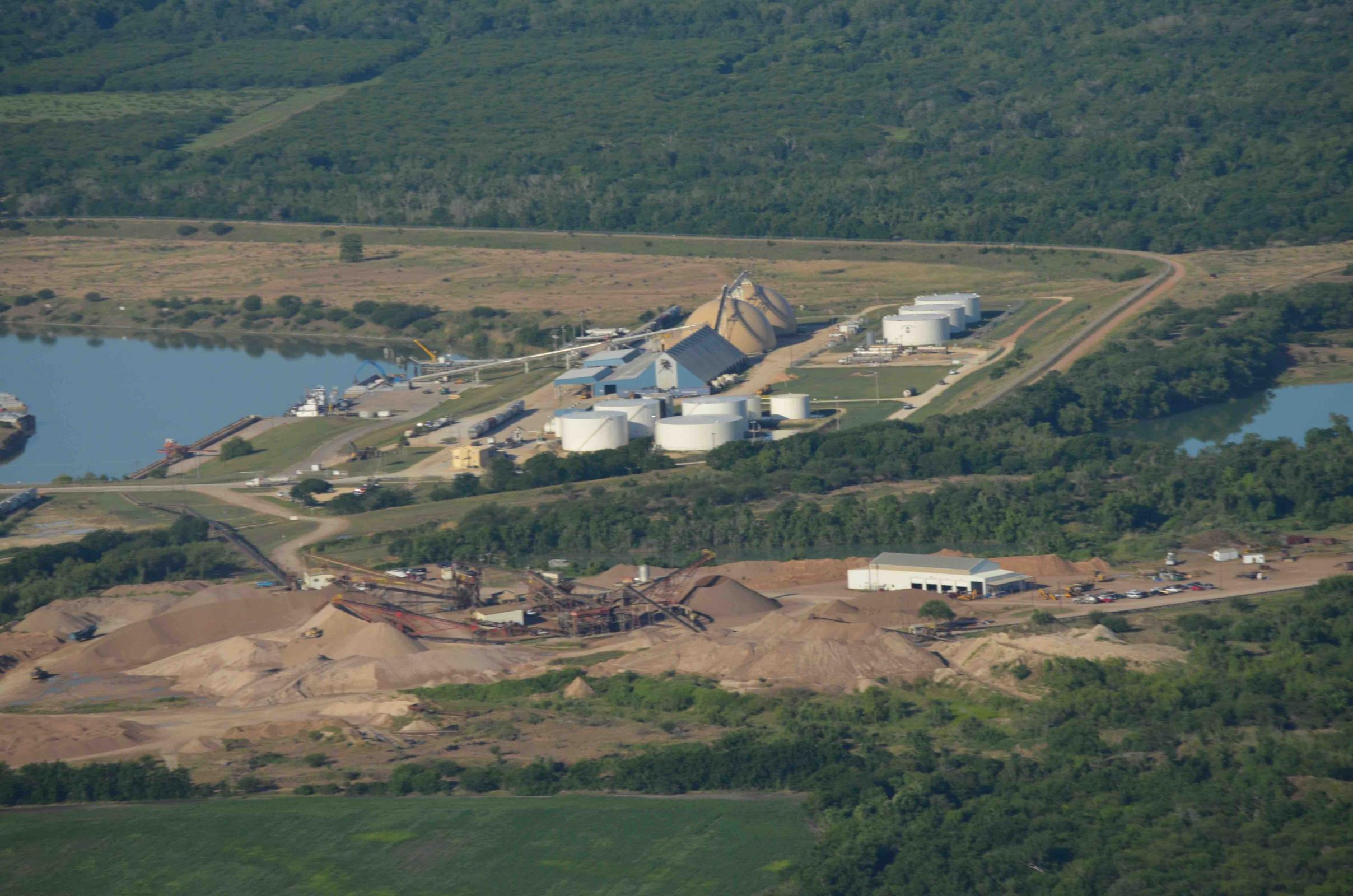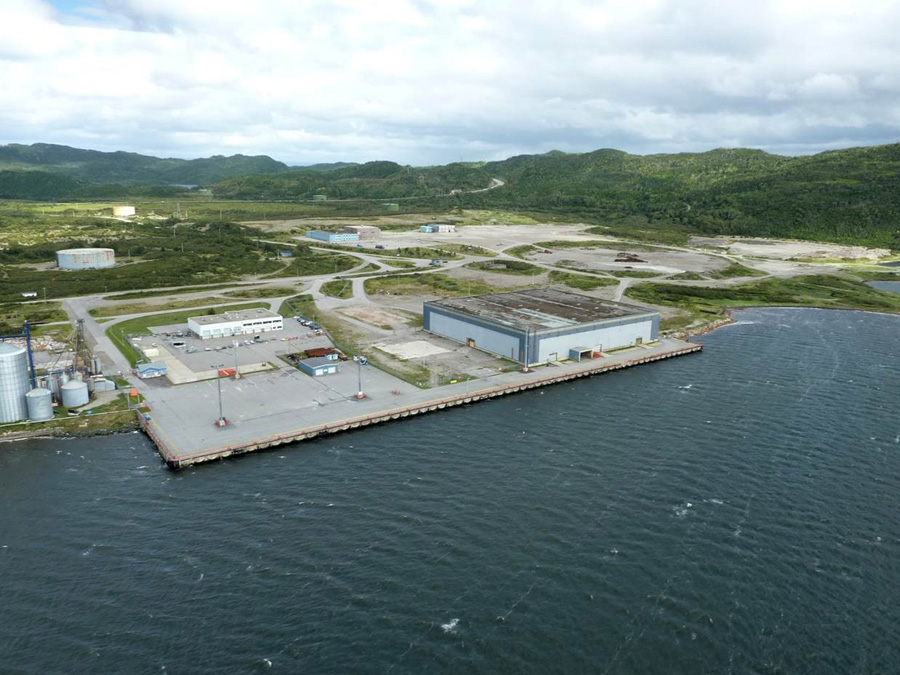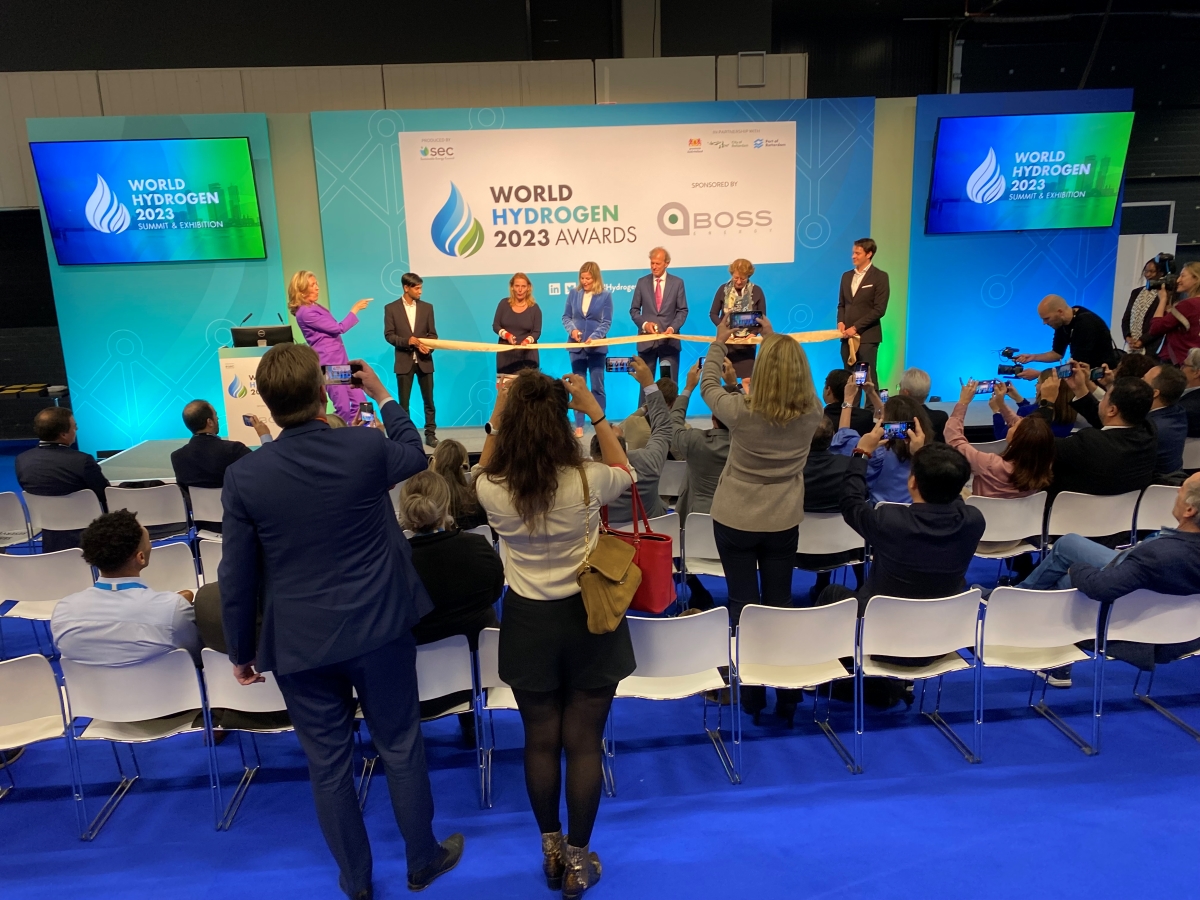New bunkering partnerships to unlock ammonia fuel market
Yara and Bunker Holding will look to accelerate the supply of ammonia bunker fuel to first movers in the shipping industry, focusing on key trading routes and port locations. In Norway, Equinor and Azane Fuel Solutions will undertake a new project, aiming to demonstrate how Norway’s offshore sector can be decarbonised by 2030 via the use of clean ammonia fuel.









